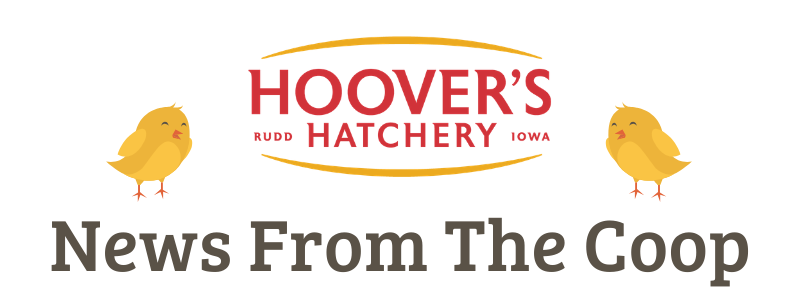Every once in a while, an otherwise healthy hen starts looking ragged and spends the day moping in the coop instead of ranging about the run. She has stopped laying. What’s up? Is she sick? Should I worry?
There’s no need to worry. Just like people, chickens periodically need a new wardrobe. Probably she just decided it was time to take an egg laying vacation and grow a new wardrobe. When a person’s favorite sweatshirt or jacket gets frayed, we just head for the store or computer and buy a new one. Birds can’t do that. Instead they let the old ragged feathers shed and grow they grow new ones.
A young hen begins laying when she’s between about 18 and 24 weeks old. Then she’ll lay an egg on most days for the next 12 to 16 months. That’s a lot! In her first year of laying even a moderately productive hen will leave about 20 dozen eggs in the nest. Together they weigh about 30 pounds. That’s five or six times her own body weight!
With every egg she lays protein, calcium and vitamins exit her body. A nutritious diet helps restore her, but over time she gets worn down and needs a break. It’s called the molt.
Molting usually happens in the fall but can occur in any season. After laying for months her feathers are rough and ragged, her former bright yellow beak and legs (on some breeds) are pale from shedding so much yellow pigment in yolks. She also may just be tired.
Although molting is usually triggered by the season and the hen’s age it can also be triggered if she suffers stress from heat, a poor diet, being moved, or just simply because every chicken is an individual on its own schedule.
A molting hen usually hangs around the coop as she gradually sheds her old feathers. She’ll eat heartily but won’t lay eggs. Over the next five or six weeks she’ll grow new feathers, build up her body weight and condition, and emerge looking like she just stepped out of a chicken spa. Then she’ll enter her second lay cycle. She’ll continue to lay for another year plus, molt again, then enter her third lay cycle.
The molting pattern continues through a hen’s life, but with each new lay cycle she’ll usually lay fewer eggs than in the previous one. Eventually, as she enters her senior years at the age of five or six, she may not lay at all. Since hens are the most productive in their first lay cycle commercial producers replace them with younger ones when they first begin molting.
A family keeping a few hens in a backyard coop can enjoy watching a hen molt and recognize it as a normal part of her life. She has given plenty of delicious eggs, and even though she may not lay quite as many in her second or third cycle those eggs often are a bit bigger and just as tasty.
Molting hens need outstanding nutrition and plenty of protein. Some commercial feed mixtures are especially designed for birds in the molt. Quality layer feed can be boosted by giving a molting hen a handful of dried mealworms every day. Mealworms are high in protein and give her a nutritional boost that help her grow a handsome new feather wardrobe and begin laying again.




Stephanie Murphy
November 3, 2020Sometimes I will give a molting or sick hen a few small bites of tuna fish (not too much because of the salt). They love it and it’s extremely high in protein (economical, too).
Marilyn Bohn
November 4, 2020Can you please tell me how to cure sour crop? I noticed my hen has a huge crop on Sunday. Ant suggestions?
Debbie
November 4, 2020Could you do a segment on chicken death. Found my girl just dead in the coop. Doesn’t appear like anything was wrong with her. She had just finished with her first molt, was looking great, then dead. Any information about this would be helpful. Thank you.
Brenda D Blake
November 4, 2020So, I have been doing the chicken thing for about 4 years now. Learn something new about my chickens everyday. They have some of the funniest personalities I have ever come across in an animal. They joked around with each other. I saw them play hide and go seek all the time. And they all liked to act like they couldn’t hear me when I told them it was time to go inside for the nite. Nothing new there I guess. I like to have the lights on in their coops with the colder nights upon us. But if they keep unplugging it, Im not going to keep going out there and plug it back in.
jim forbes
November 7, 2020I have 7 Mille Fluer leghorn hens about 2.5 yrs old, they quit laying about 4 mo. ago–molt I thought, but no eggs in that time. They are healthy, pretty birds. No excuse for no eggs. Pen next to them I have 5 Cuckoo Leghorn hens same age, have not all molted & quit laying. Cuckoos have been as good as any layers I ‘ve ever had still getting 3 to 5 eggs per day. Any idea why Mille Fleurs have not laid. I know you don’t really, as I don’t. I have had chicken off & on for nearly 60 yrs.
Denise Bishop
November 10, 2020Calf manna is also high in protein. chicken is listed on the bags